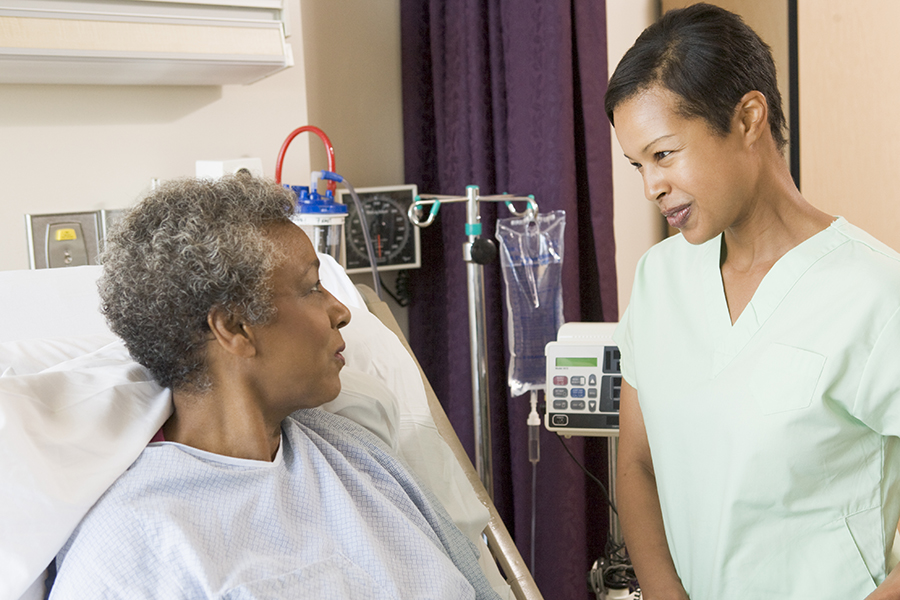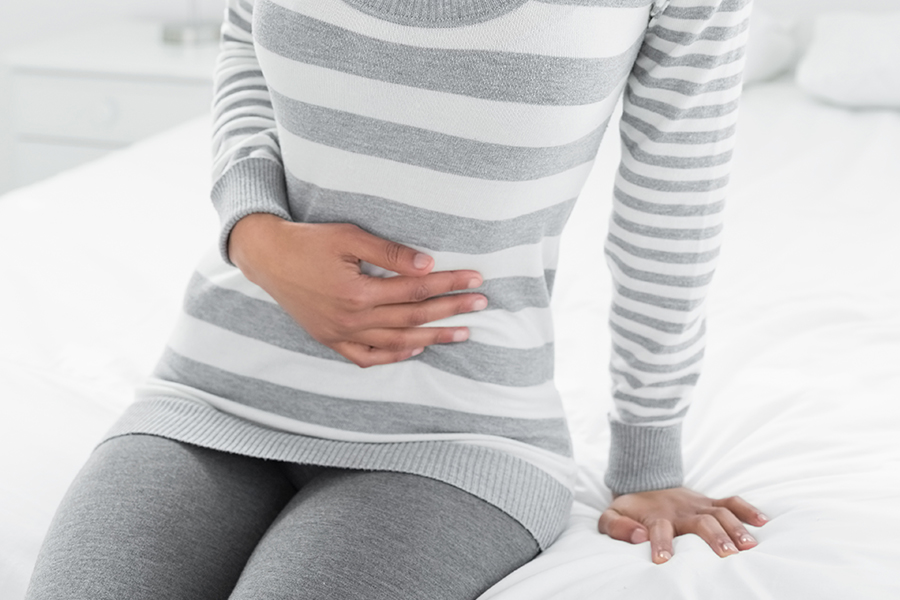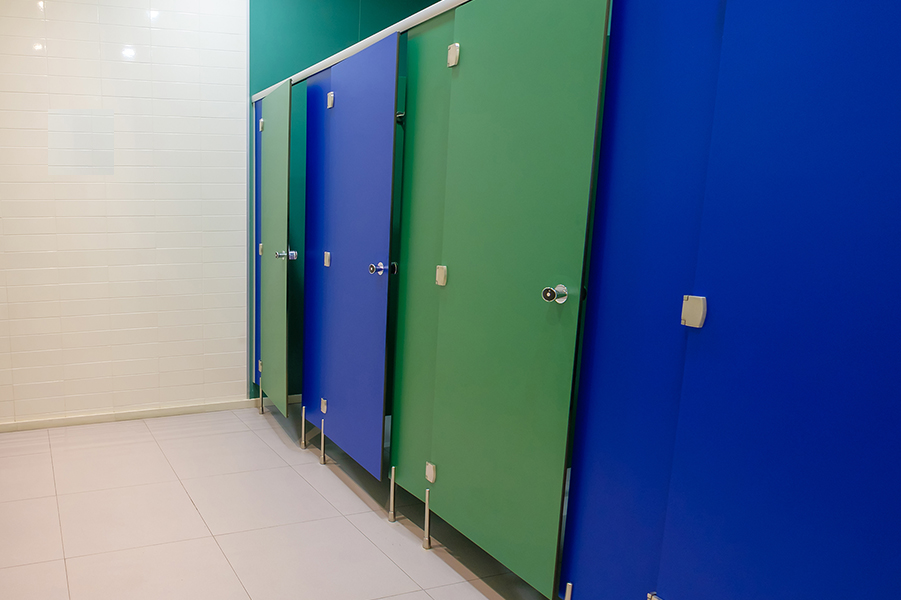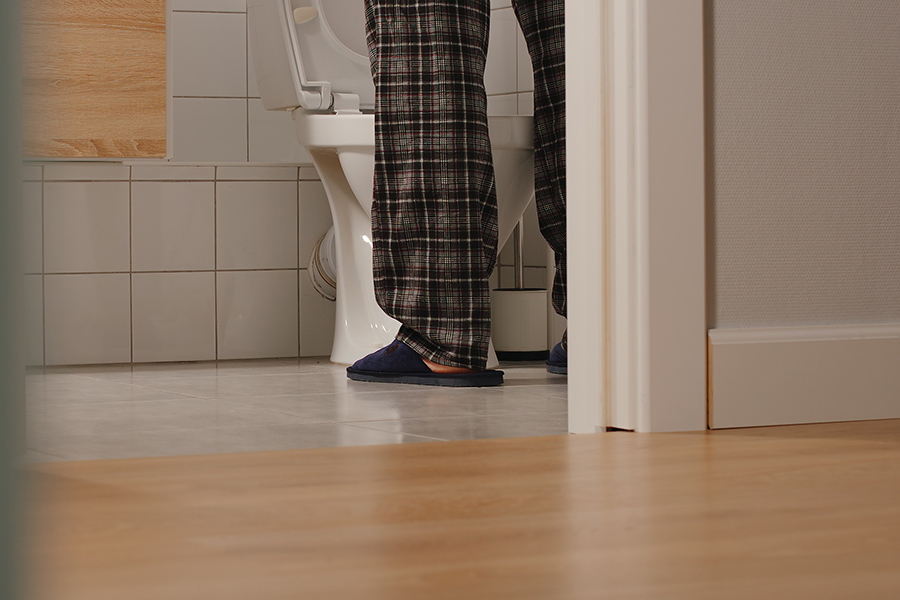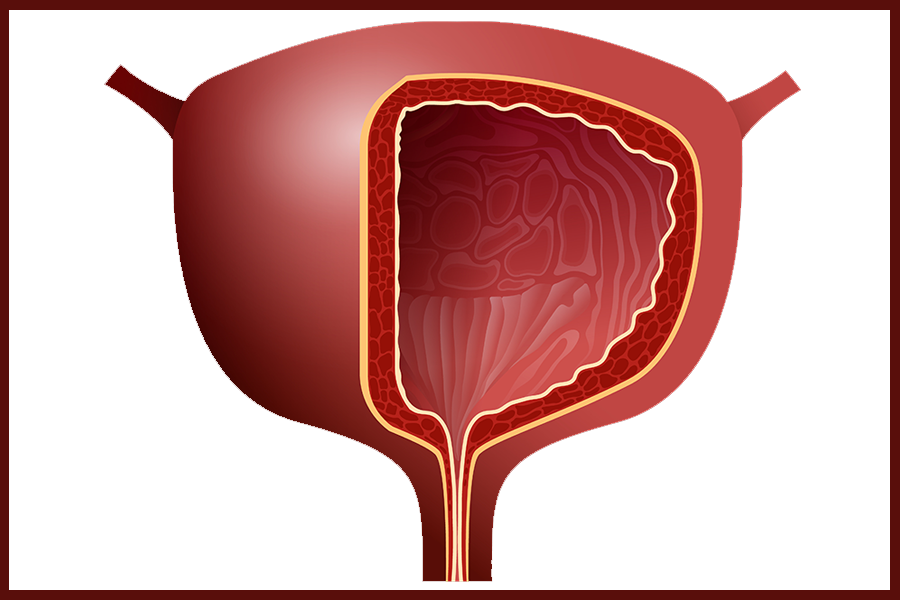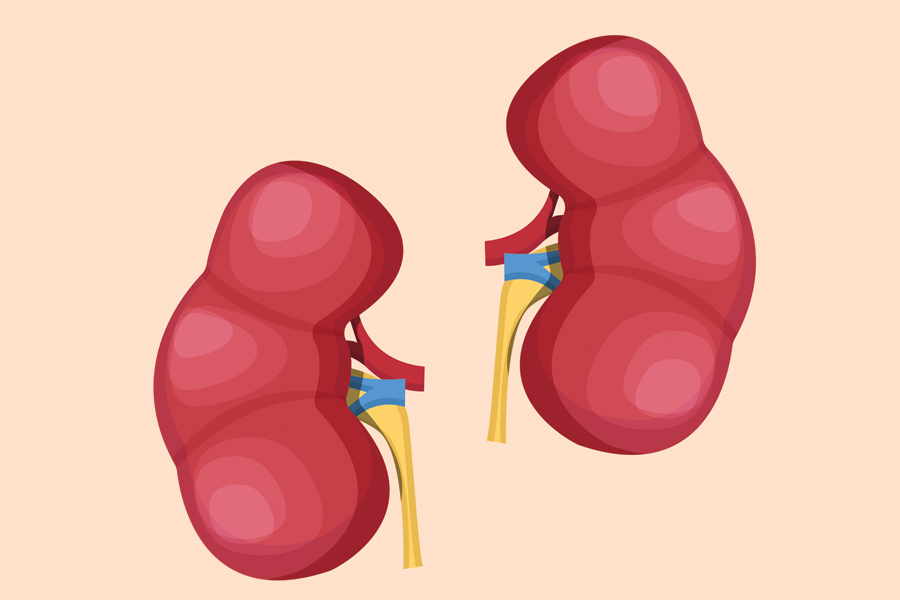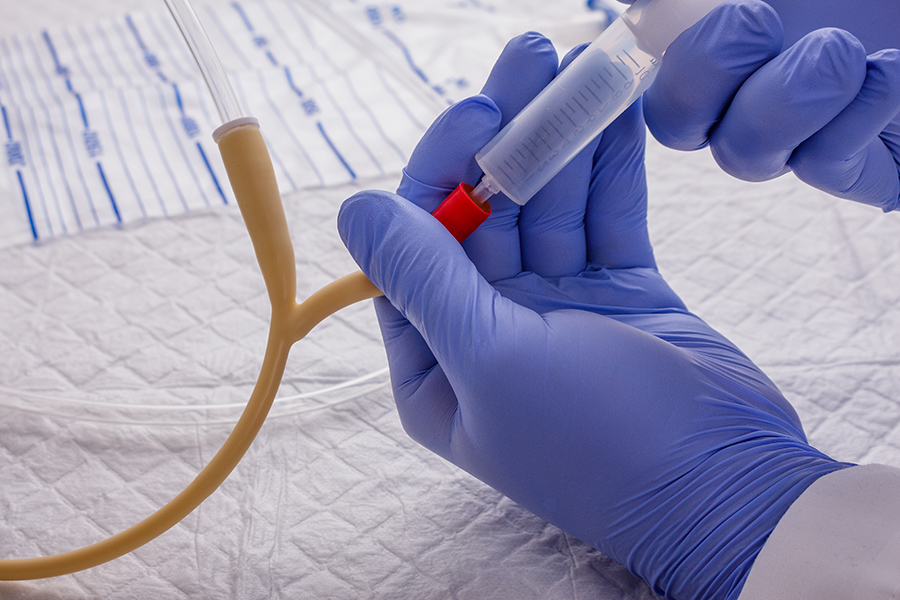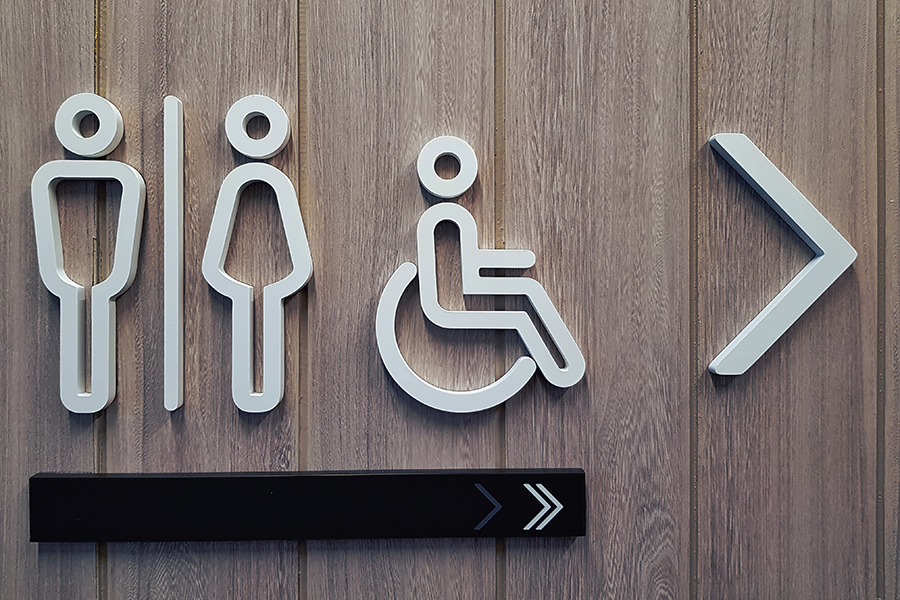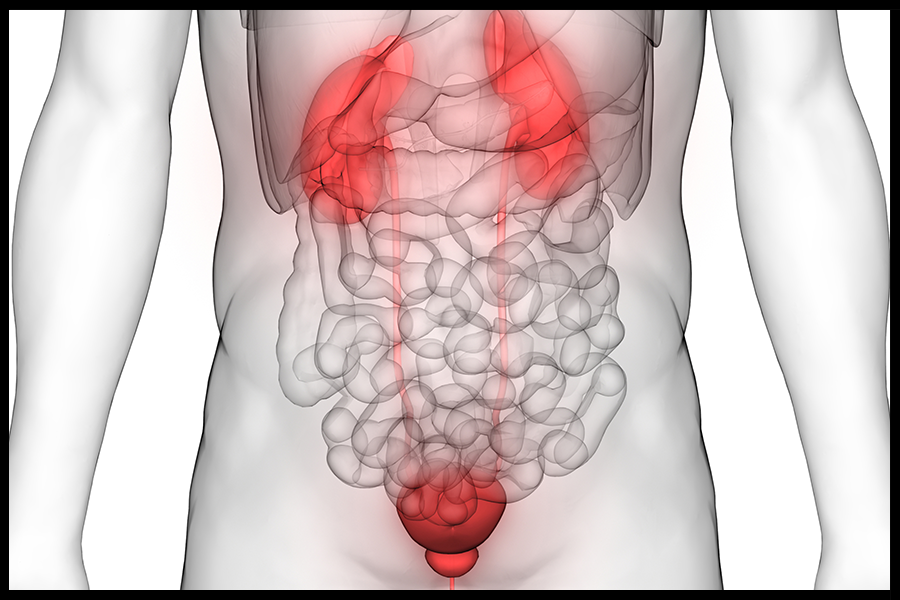Catheters are used constantly in clinical settings, but they are often inserted improperly and not secured correctly, if they are secured at all. Read on to learn more about best practices for insertion and securement of an indwelling urinary catheter.
Before insertion:
- Clean the perineal area fully.
- Do not inflate the balloon to test that it inflates. Performing this kind of check will affect the amount of water the balloon can hold during usage.
- It’s very important to use the exact amount of sterile water according to the manufacturer’s guidelines. Those guidelines have been put in place through extensive testing of that particular product. This way the balloon is less likely to be “tipped” or too full, which can cause irritation inside the patient’s bladder.
- Do not use saline or other electrolyte solutions, which can cause crystallization in the balloon’s port.
After insertion – Securement:
Securement is extremely important because we do not want the catheter to be moving around. Indwelling catheters should be secured to avoid traction on the catheter. Traction can cause irritation and trauma to the urethra (e.g., urethritis, necrosis, erosion, or stricture), and/or the bladder trigone muscle, which can result in pain, spasm and incontinence. Securement is also needed to prevent inadvertent dislodgement of the catheter.
In a recent study called “Securement of the Indwelling Urinary Catheter: A Prevalence Study” it was found that catheter securement guidelines are inadequate, despite national guidelines recommending securement. This study was conducted using 21 medical and surgical units.
- Only 18% of catheters examined in this study were secured.
- Seven of the eight catheters that were secured were secured correctly.
- Six of those eight (75%) were secured with a commercial adhesive device, which was available on 47% of the medical units and 93% of the surgical units.
Catheter securement devices include the following products: Tapes, leg straps, and adhesive and non-adhesive stabilizers or anchors.
- Skin barrier products may be used to ensure adhesion of securement devices.
- Use adhesive products and tapes cautiously:
- Adhesives can cause damage to the catheter’s coating.
- Tape can irritate the skin
- Adhesives should be completely removed from the external surface of the catheter.
- Use caution with constricting securement devices for high risk patients, including individuals with:
- Bleeding disorders, fragile skin, or sensitivities to adhesives; and in patients with phlebitis, impaired circulation, and diabetes.
Positioning of the catheter securement device:
- Make sure it’s not too tight.
- Catheters for both men and women can be secured to the abdomen or thigh as long as tension on the catheter is minimal during rest and activity.
- Catheter securement device may be changed weekly.
Once the device has been secured:
Monitor the urethra daily for irritation, erosion, or urine leakage; and check under the securement device to assess skin integrity.
For more information, see related articles and indwelling catheter resources here:
- Appropriate and Inappropriate Use of Indwelling Urethral Catheterization (IUC)
- CAUTI Infographic: Catheter Associated Urinary Tract Infection
- Video & Slides: Troubleshooting Issues with Catheters Webinar
- Preventing Catheter Associated UTIs (CAUTI) Webinar Video/Slides
- How to Empty, Clean and Change Your Leg Bag or Drainage Bag
Source: Video & Slides: Troubleshooting Issues with Catheters Webinar via the Wound Care Education Institute.






